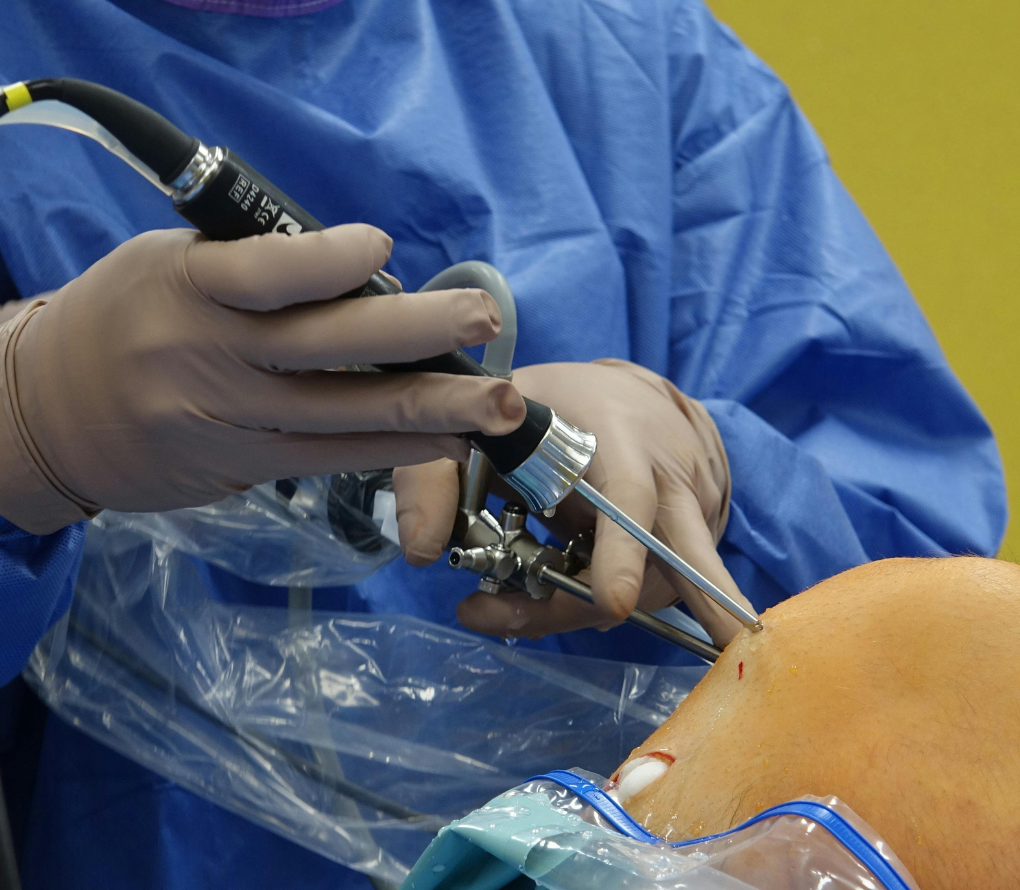Overview
A spinal fracture happens when one or more of the bones in the spine (vertebrae) break due to injury. This can range from a simple compression fracture (a small crack or collapse of the bone) to more severe injuries that may affect the spinal cord and nerves.
Spinal trauma is often caused by accidents such as falls, sports injuries, or road traffic accidents. While it can sound worrying, many spinal fractures are stable and heal with conservative care. Only some require surgery, especially if the spinal cord or nerves are at risk.
Causes
Common reasons for spinal trauma include:
- High-energy injuries – Road traffic accidents, falls from height, sports trauma.
- Osteoporosis – Weakening of bones, common in older adults, can cause compression fractures even with minor falls.
- Direct impact or violence – Industrial accidents or assaults.
- Tumors or infections – Rarely, these can weaken the vertebrae and lead to fractures.
Osteoporotic vertebral fractures are very common, affecting around 30–50% of people over 50 years.
Signs and Symptoms
Depending on the severity, patients may notice:
- Sudden back pain – Often sharp and severe after injury.
- Pain that worsens with movement – Especially standing, walking, or bending.
- Visible deformity – In some cases, a hump (kyphosis) may develop.
- Numbness, tingling, or weakness – If the spinal cord or nerves are affected.
- Loss of bladder or bowel control – In severe cases, requiring urgent medical attention.
Treatment Options
Conservative (Non-surgical) Care
Many spinal fractures, especially stable compression fractures, heal with:
- Pain relief medications (NSAIDs, acetaminophen).
- Bracing – Supports the spine while healing.
- Rest with gradual mobilization – Complete bed rest is usually avoided.
- Physiotherapy – To restore mobility, strength, and posture.
- Osteoporosis treatment – In older adults, to prevent future fractures.
Studies show that most osteoporotic compression fractures heal within 8–12 weeks with conservative care.
Surgical Options – When Necessary
Surgery may be considered if:
- The fracture is unstable and risks damaging the spinal cord.
- Severe pain does not improve with conservative treatment.
- There are neurological symptoms (weakness, numbness, or bladder/bowel problems).
Common surgical procedures include:
- Vertebroplasty/Kyphoplasty – Minimally invasive procedures where bone cement is injected to stabilize the fracture.
- Decompression surgery – To relieve pressure on nerves or the spinal cord.
- Spinal fixation/fusion – Using screws and rods to stabilize unstable fractures.
Surgical treatment for unstable fractures has shown good outcomes in over 80% of patients, restoring mobility and reducing pain.
Frequently Asked Questions
No. Most compression fractures, especially from osteoporosis, heal with pain control, bracing, and physiotherapy. Surgery is needed only if the spine is unstable or nerves are at risk.
Stable fractures usually heal in 8–12 weeks, though full recovery of strength and mobility may take a few months.
Yes, most patients can walk after stable fractures. In fact, gradual mobilization is encouraged to prevent complications. Severe fractures with nerve involvement may need surgery before safe walking.
Many are not dangerous if treated properly. However, unstable fractures or those pressing on the spinal cord can be serious and need urgent treatment.
Preventing falls, wearing seatbelts, using protective gear in sports, and treating osteoporosis are key steps to reduce the risk.
Book Now
Consult our experts today

